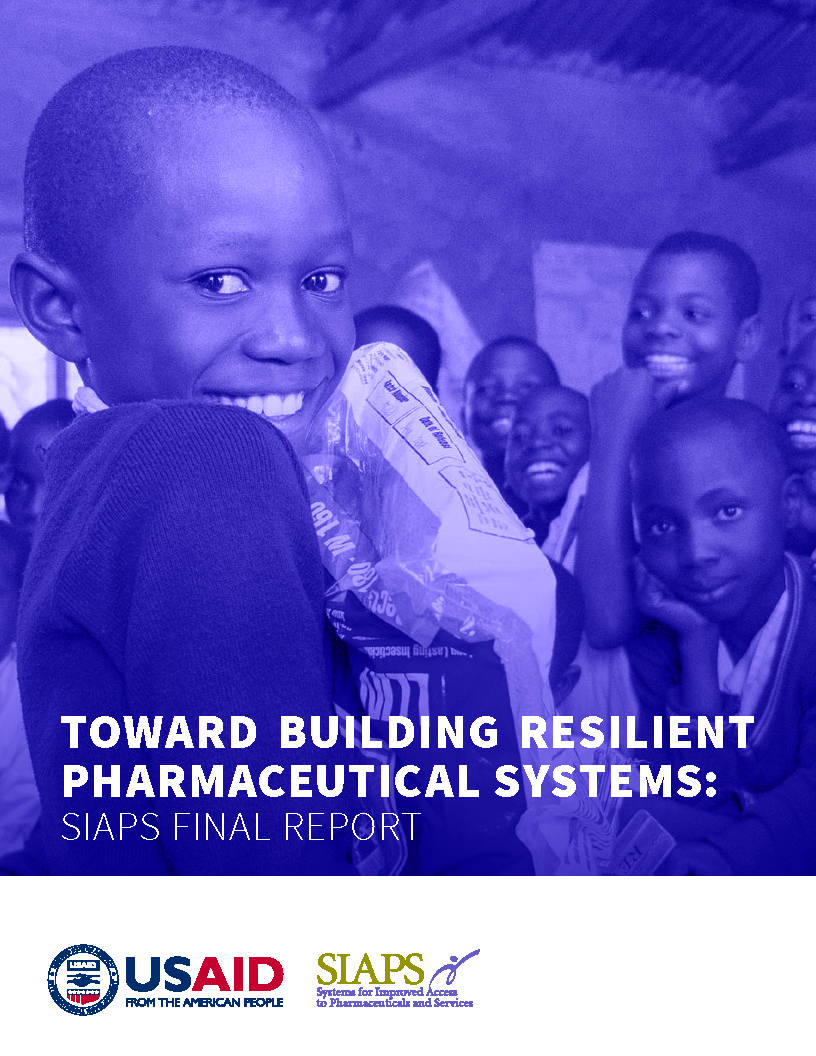
This manual is intended as to aid national tuberculosis program (NTP) managers, national pharmacovigilance center managers (NPV), tuberculosis (TB) service delivery providers, health care providers (physicians, pharmacists, nurses, public health officers and other health care professionals), academic institute staff, nongovernmental organizations, researchers, and any other staff working in organizations or individuals who are interested or involved in monitoring and improving medicine use to provide high quality treatment for susceptible tuberculosis (DS-TB) and particularly for drug-resistant tuberculosis (DR-TB).
The manual lists and describes the various steps involved to conduct a DUR. It also provides detailed drug information on World Health Organization’s (WHO) recommended medicines for the treatment of DS-TB and DR-TB. Additionally, the manual provides criteria for reviewing medicines used for TB treatment and also some suggested performance benchmarks or targets for illustrative purposes. Generic data collection forms are also included for local adaptation and use.
Most of the recommendations provided in this manual are generic, describe general principles, and provide a comprehensive, step-by-step explanation of:
- Developing context specific DUR criteria according to best available evidence
- Collecting and analyzing existing available data
- Providing feedback and taking action based on DUR findings when indicated
- Reviewing the DUR strategy to identify opportunities for program improvement to provide high quality treatment
These guidelines are intended to be modified according to national or regional specific regulations and treatment practices so they can be used by national TB control programs and their administrative divisions.


